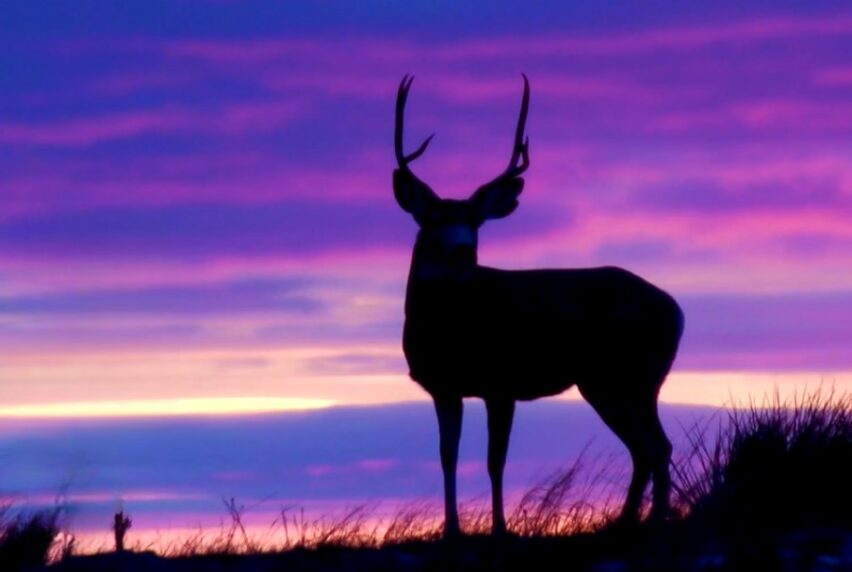When the rutting season arrives, bucks engage in fascinating behaviors to assert their dominance and attract mates. One such behavior involves the creation and maintenance of scrapes, which play a significant role in deer communication.
Scrapes are patches of bare earth that are created by pawing the ground and marking them with scent. But how often do bucks check their scrapes? In this article, we will delve into the behavior of male animals during the rut and uncover the frequency with which they revisit their scrapes.
Understanding the Purpose of Scrapes
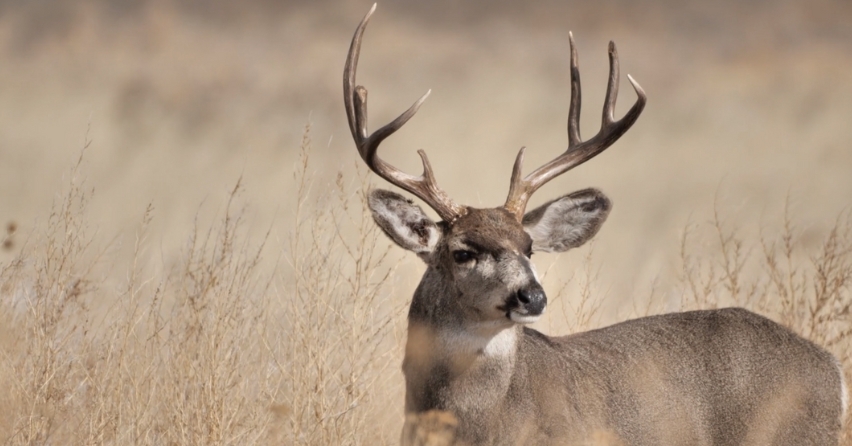
To comprehend why bucks check their scrapes, it’s crucial to understand the purpose of these intriguing markers. Scrapes serve as communication tools among deer, conveying valuable information about a buck’s presence and dominance to other deer in the area.
By pawing the ground and depositing scent from glands on their facial region, they leave behind distinct olfactory cues that communicate their readiness to breed, establish territory, and attract does. What a powerful message is conveyed in a process that only two minutes!
Understanding the importance of scrapes in deer communication allows us to appreciate the significance of male animals revisiting them.
The Role of Scrapes in the Rutting Season
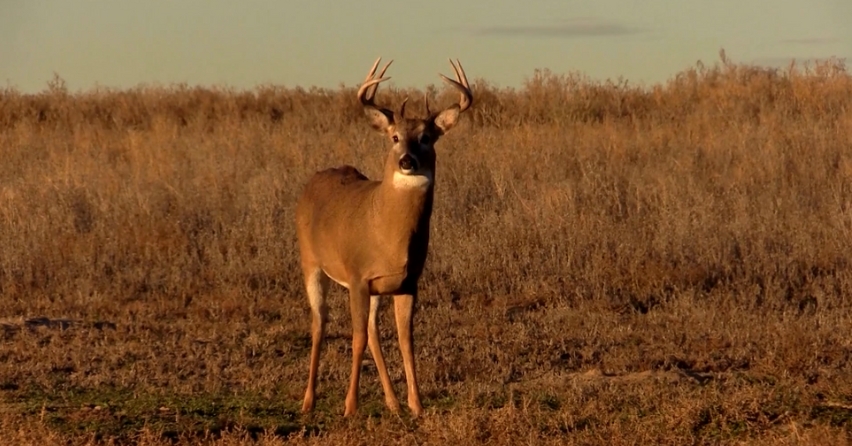
During the rutting season, scrapes play a pivotal role in the reproductive strategies of bucks. By checking and maintaining scrapes, bucks assert their territorial boundaries and establish their status among competitors.
The act of revisiting scrapes allows stags to deposit fresh scents and reinforce their message of readiness to breed. Understanding the role of scrapes in the rutting season provides valuable insights into why they engage in frequent scrape-checking behavior.
How Often Do Bucks Check Their Scrapes?
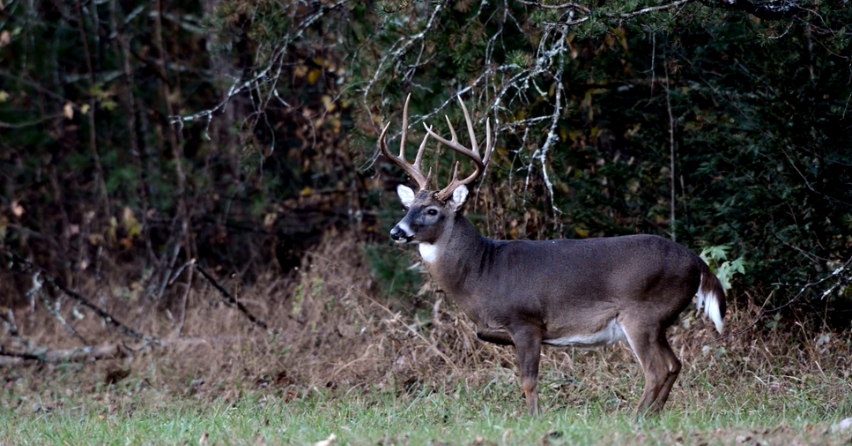
Once the scrape is established, bucks revisit it periodically to freshen the scent and maintain its presence. What is more, nearly 85 percent of the scraping activity takes place at night. However, there are several components that influence the frequency of these visits.
Factors Influencing Scrape Checking Frequency
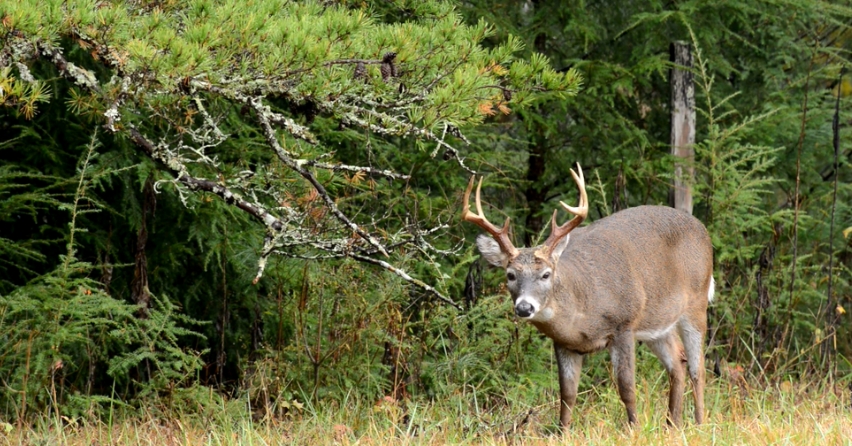
The frequency with which male animals check their scrapes can vary based on several influential factors. Deer population density, buck-to-do ratio, and competition among male deer are among the key factors that impact scrape-checking behavior.
In areas with high deer population density and intense competition for mates, bucks are likely to check their scrapes more frequently. They engage in heightened scrape checking as a way to communicate their dominance and readiness to breed.
On the other hand, in areas with lower deer population density and less competition, stags may exhibit less frequent scrape-checking behavior.
Pre-Rut Scrape Checking Behavior
Leading up to the rut, bucks intensify their scrape-checking activities. As the breeding season approaches, they become more aggressive in marking their territories and asserting their dominance. They visit their scrapes more often, reinforcing the scent and ensuring they are fresh and potent. The pre-rut period is a crucial time for stags to establish their presence and attract does, leading to increased scrape checking as they prepare for breeding.
Intra-Rut Scrape Checking Behavior
During the peak of the rut, bucks display heightened scrape-checking behavior. The rut is the period when does are in estrus and receptive to breeding, causing intense competition among male animals to secure mating opportunities. Stags become highly active in their scrape-checking routine, visiting their scrapes with increased frequency and urgency. The intra-rut phase is marked by bucks actively seeking out receptive does and utilizing scrape checking as a way to locate and court potential mates.
Post-Rut Scrape Checking Behavior
After the intense breeding phase concludes, buck behavior undergoes a shift. The frequency of scrape checking tends to decrease during the post-rut period. With the focus shifting from reproduction to survival, bucks may reduce their scrape-checking activities. The decreasing frequency of scrape checks reflects the changing priorities of stags as they transition out of the rutting season.
Age and Experience of Bucks
The age and experience of male deer can influence their scrape-checking behavior. The older ones, with their accumulated knowledge and dominance, tend to exhibit more frequent and regular scrape-checking habits compared to younger species. Older bucks have often honed their strategies over multiple rutting seasons and have learned the importance of maintaining scrapes as a means of communication and reproductive success.
Environmental and Weather Factors
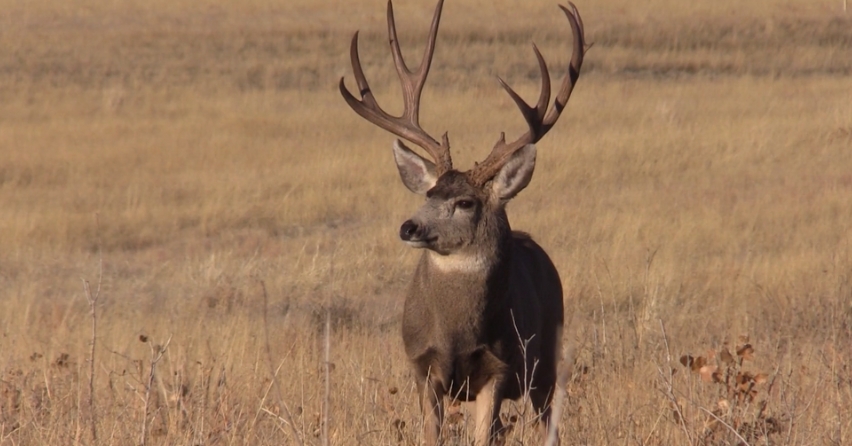
Environmental and weather conditions can also impact the frequency of the buck’s scrape-checking behavior. Temperature, precipitation, and wind can influence how often it visits its scrapes. During favorable weather conditions, such as cooler temperatures and calm winds, male deer may feel more comfortable and secure in checking their scrapes regularly. On the other hand, adverse weather conditions, like heavy rain or strong winds, can reduce the frequency of scrape checking as stags prioritize seeking shelter and conserving energy.
Human Disturbances and Scrape Checking
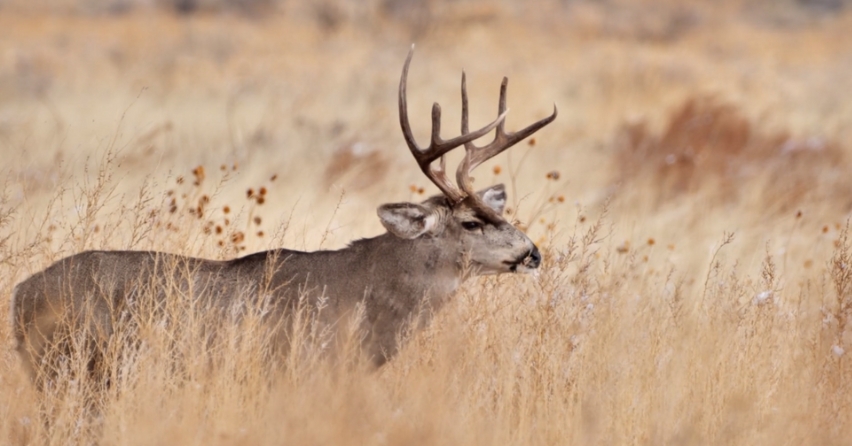
The presence of human disturbances near scrapes can affect how often males check their scrapes. Excessive human activity or disturbances close to scraping locations can cause them to alter their behavior and reduce their scrape-checking frequency.
Stags are sensitive to changes in their environment, and human disturbances can disrupt their routine and make them more cautious or hesitant to visit scrapes. It is important for hunters, wildlife enthusiasts, and nature observers to minimize their impact and maintain a respectful distance from scrape sites to avoid disturbing buck behavior.
When faced with a sudden disturbance, such as being spooked by an unexpected noise or presence, deer may temporarily abandon their current location, leaving researchers to wonder about their subsequent return and behavior.
FAQs

Does the Frequency of Scrape Check Differ Between Dominant and Subordinate Bucks?
Dominant males, as the primary contenders for mating, may check their scrapes more frequently compared to subordinate ones.
How Does Scrape-Checking Behavior Change After the Breeding Phase Concludes?
After the breeding phase concludes, stags may reduce their scrape-checking frequency as their focus shifts from reproduction to survival.
Do Bucks Reduce Their Scrape-Checking Frequency if They Have Successfully Bred with Multiple Does?
Buck that has successfully bred with multiple does may reduce its scrape-checking frequency as it prioritizes rest and conserving energy.
How Does the Scrape-Checking Behavior of Bucks Vary in Different Geographical Regions?
Scrape-checking behavior may vary in different regions due to factors such as habitat characteristics, deer density, and local environmental conditions.
What Role Does Visual Marking, Such as Licking Branches, Play in The Scrape-Checking Routine of Stags?
Licking branches serve as visual and olfactory markers in scrapes, and bucks may visit their scrapes more frequently to maintain and freshen these visual cues.
Conclusion
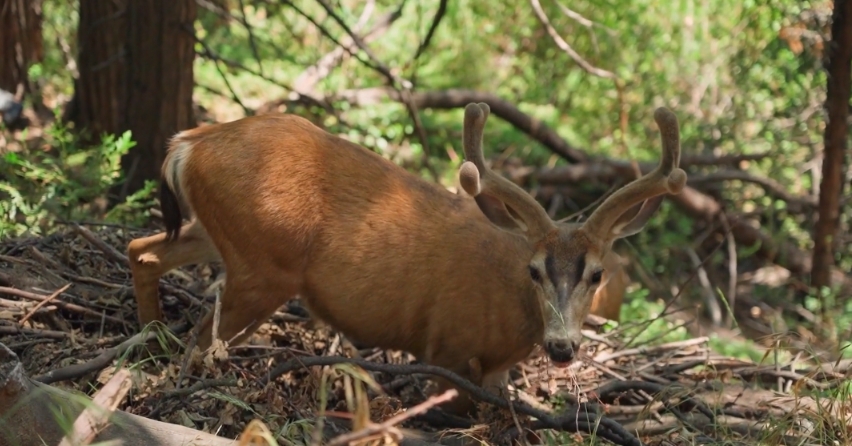
To sum up, the frequency with which bucks check their scrapes during the rutting season is influenced by various factors. Scrapes play a vital role in deer communication, allowing them to assert their presence, establish dominance, and attract mates. Male animals create and maintain scrapes through physical actions and revisiting them periodically. The frequency of scrape checking varies depending on factors such as deer population density, buck-to-doe ratio, competition among males, and environmental conditions.
By understanding these factors, we gain valuable insights into the behavior of stags during the rut. Observing and studying deer behavior in local areas can provide further insights into scrape-checking patterns, allowing us to appreciate the intricacies of deer communication and reproductive strategies.
During the annual cycle of antler growth and renewal, a significant event occurs in deer known as “antler shed,” marking a period of transformation and rejuvenation for these majestic creatures.

